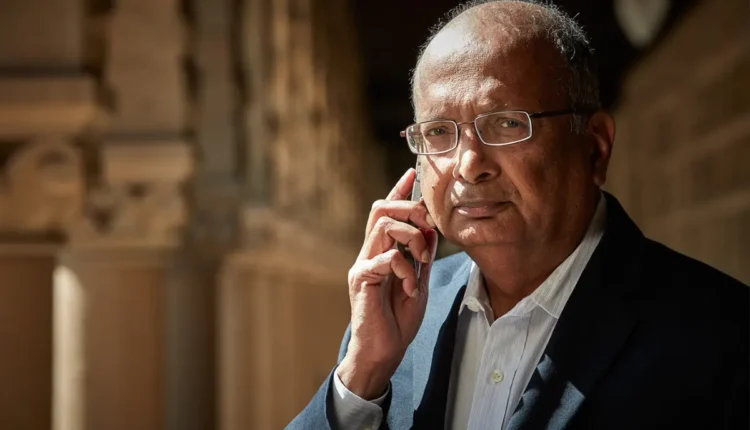In the realm of wireless technology, few figures have left as profound an impact as Arogyaswami Paulraj. Born in 1944 in Pollachi near Coimbatore, British India, Paulraj’s journey from a small town in India to becoming a renowned Professor Emeritus at Stanford University is nothing short of extraordinary.
Early Life and Naval Career of Arogyaswami Paulraj
Arogyaswami Paulraj’s journey began at Montfort Boys’ High School in Yercaud, Tamil Nadu. At the age of 15, driven by a sense of duty, he joined the Indian Navy through the National Defense Academy, Khadakvasla. Little did he know that this decision would set the stage for a lifelong commitment to innovation and technological advancement.
His naval career spanned 26 years, during which Arogyaswami Paulraj earned a B.E. in electrical engineering from the Naval College of Engineering, Lonavala, and a Ph.D. from the Indian Institute of Technology, New Delhi. Notably, in 1972, Paulraj developed groundbreaking electronics for the Sonar 170B, a British-origin technology widely deployed in the Indian fleet.
Landmark Achievements in India
Arogyaswami Paulraj’s contributions in India extended beyond the naval fleet. From 1977 to 1983, he led the development of the APSOH, a large surface ship sonar that became the flagship sonar for the Indian Navy. His visionary work also led to the founding of three major labs in India, now integral parts of the country’s extensive R&D infrastructure.
Retiring prematurely in 1991 as a Commodore, Arogyaswami Paulraj left an indelible mark on India’s military electronics landscape. His achievements were acknowledged with the prestigious Padma Bhushan award by the Indian Government in 2010.
Crossing Oceans: A Career in the USA
In 1992, Arogyaswami Paulraj embarked on a new chapter by joining the faculty at Stanford University. His invention in the same year, Multiple Input, Multiple Output (MIMO) technology, became the cornerstone of high-speed WiFi and 4G/5G networks, transforming the way billions of people experience wireless services.
Over two decades, Arogyaswami Paulraj ran a MIMO research program at Stanford, contributing significantly to the wireless technology ecosystem. His entrepreneurial spirit led to the founding of Iospan Wireless, Beceem Communications, and Rasa Networks, each playing a pivotal role in shaping the wireless technology landscape.
Awards and Honors: A Testimony to Excellence
Arogyaswami Paulraj’s brilliance has earned him numerous accolades, including being elected into the American Academy of Arts and Sciences (AAAS) in 2020 and induction into the US Patent Trademark Office National Inventors Hall of Fame in 2018.
His long list of awards includes the IEEE Alexander Graham Bell Medal in 2011, the Marconi Prize and Fellowship in 2014, and the Faraday Medal at the IET 2023 Achievement Awards.
Unraveling the Genius: Paulraj’s Journey at Stanford
Paulraj’s time at Stanford was marked by groundbreaking research, including the development of the ESPRIT method for multiple signals Directions of Arrival (DOA) estimation. His work on MIMO spatial multiplexing, a seemingly simple idea with limitless potential, paved the way for increased wireless spectrum efficiency.
Despite initial skepticism, Paulraj’s perseverance led to the successful development of MIMO technology. His contributions were not only recognized but also adopted globally, with MIMO now embedded in 4G mobile and WiFi technologies.
Continuing Impact and Legacy
Even in his emeritus years, Arogyaswami J. Paulraj remains an active force in the field, serving as a Senior Adviser to Broadcom Corp. and maintaining ties with Indian Institutes of Technology (IITs). His commitment to advancing India’s telecom technology industry is unwavering.
Also Read: Indira Ganesan: Weaving Cultural Nuances into Supernatural Narratives

